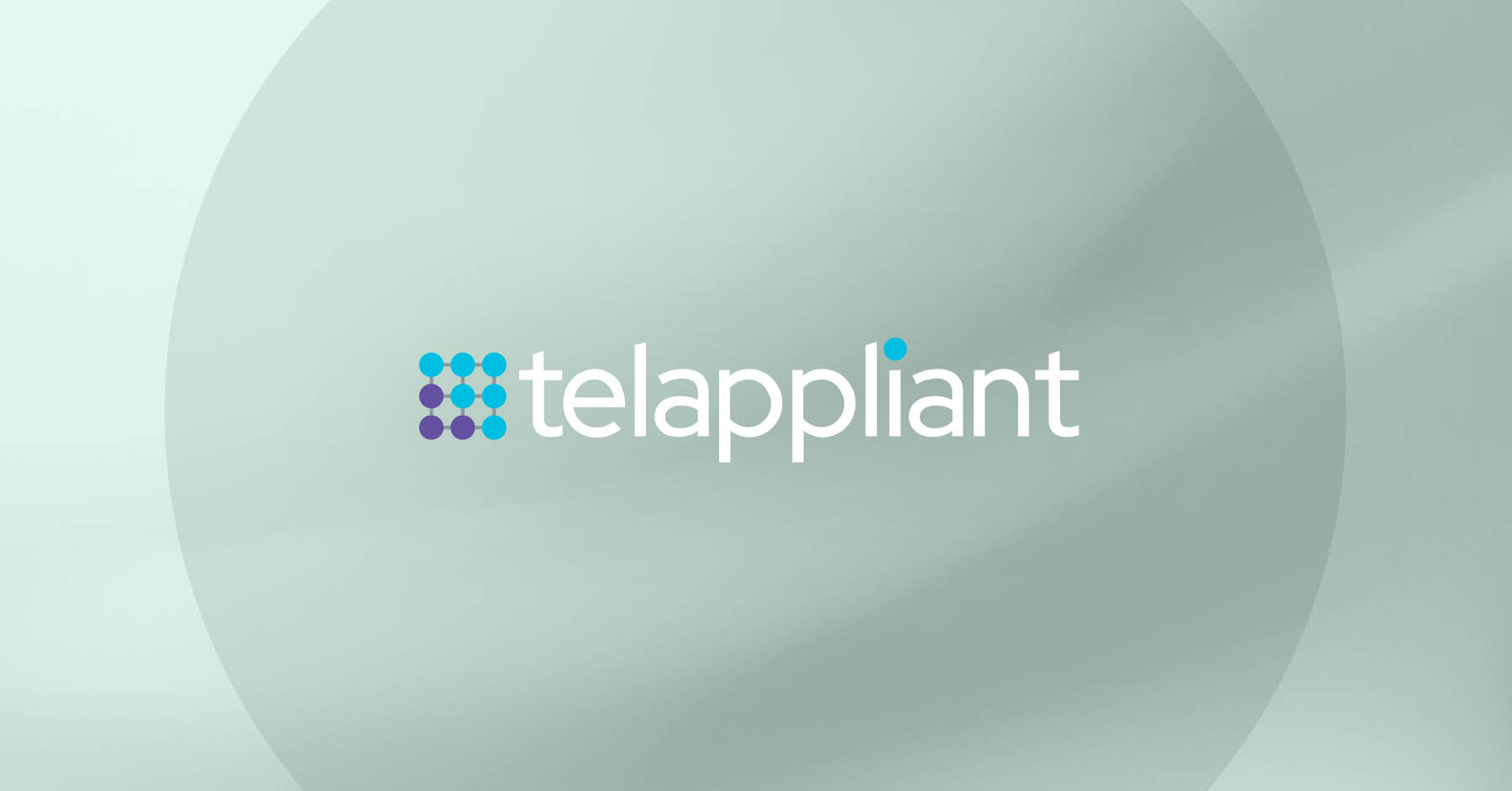With a symmetrical connection, you can upload data to the Internet, whilst downloading large files, without loss of bandwidth.
Symmetrical connections are ideal when using VoIP solutions, like hosted telephony. Being able to achieve consistent upload and download speeds prevents delays and provides excellent audio quality. Test your speed now!
An example of a symmetrical connection is a leased line. This type of connection will give you uncontended access to the Internet, enabling fast data streams at all times in both directions, regardless of usage.
Pros:
- Transfer large amounts of data
- Collaborate online
- Dedicated, private connection
- Service Level Agreements for guaranteed uptimes / fix times
What is asymmetrical connectivity?
If you test your Internet speed at home, you will more than likely notice that your upload speeds are only a fraction of the download speeds. This is what is known as an asymmetrical connection.
An asymmetrical connection usually works best in an office environment where you can be flexible with bandwidth. Surprisingly, symmetric connections are not necessarily the most efficient choice in any given situation. When a user is casually browsing the web, for example, they are generally doing a lot more downloading than uploading and do not need symmetrical connectivity.
Examples of asymmetrical connections include FTTC and FTTP circuits. With these types of connections, you can achieve high download speeds with upload speeds being around 10% of the download speed values.
Asymmetrical connections also have the disadvantage of being contended, meaning that your Internet performance is directly linked to the usage levels within your local area.
Pros:
- Cost effective solutions
- Fast download speeds
- Quick installation
Which is better?
It’s not a question of which is better, but a question of which is right for your business. If a fast, steady and extremely reliable Internet connection is central to your business success, then, of course, you may want to look into a leased line. Get your own instant leased line price now.
However, if you need a high speed capability for small business or home office use, then an FTTP / FTTC-based connection is practical and much more cost effective. Use our checker to see what is available in your area.
What’s next?
If you are still unsure about which connection you should go for contact us and our experts will advise which is the best internet connection for your business.


